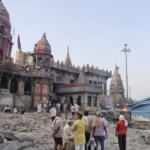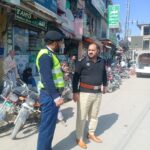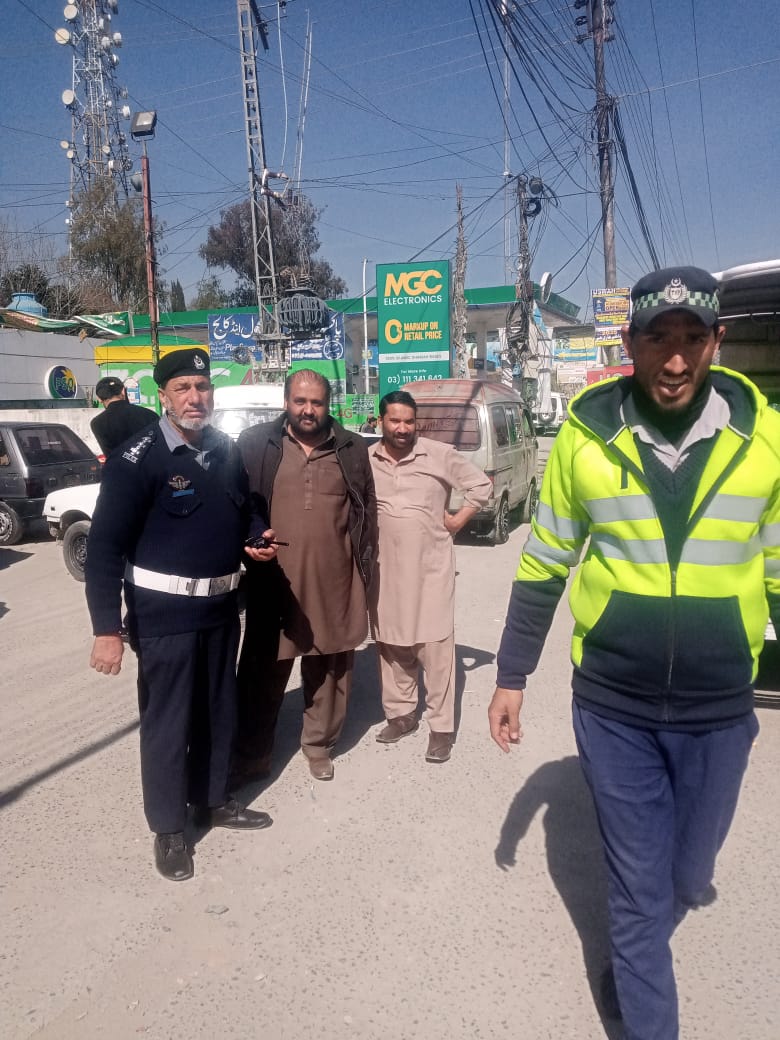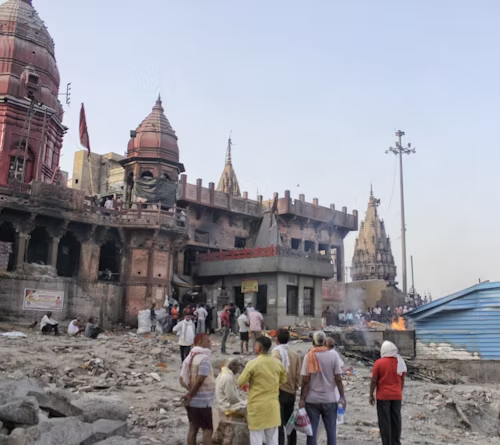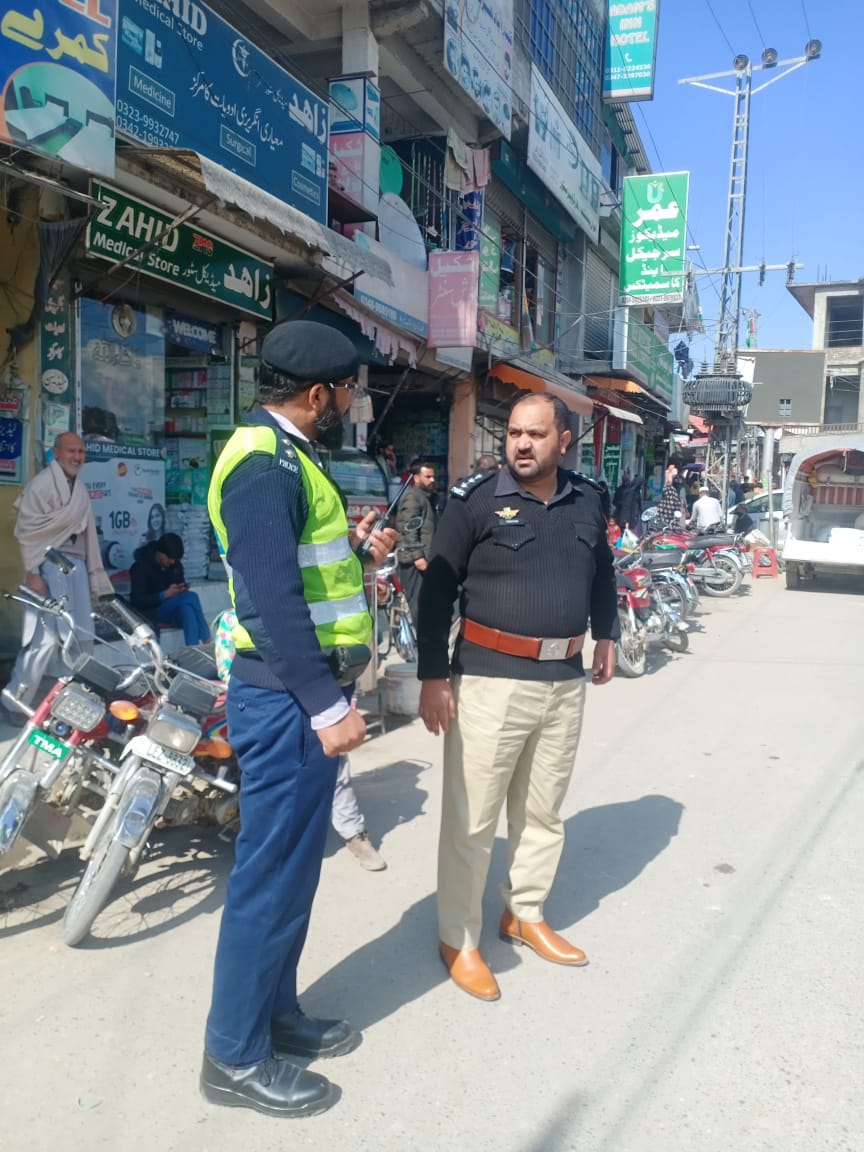# Traffic Issues in Abbottabad: A Persistent Challenge and Ongoing Solut
Abbottabad, once renowned for its orderly traffic and serene environment, has transformed into a city plagued by chronic traffic congestion. The surge in population, infrastructural limitations, and rapid urbanization have exacerbated traffic woes, prompting authorities to implement a mix of short-term enforcement measures and long-term infrastructural reforms. This article explores the root causes, current initiatives, and future strategies to address Abbottabad’s traffic crisis.
—
## **Historical Context and Root Causes**
### Population Growth and Urban Sprawl
Abbottabad’s traffic issues trace back to demographic shifts post-2005, including migration from conflict zones like Malakand and Waziristan, which strained existing infrastructure . The city’s roads, designed for a smaller population, now struggle to accommodate increased vehicular traffic, particularly on critical arteries like Mansehra Road (part of the Karakoram Highway) .
### Inadequate Public Transport
The reliance on informal transport, such as Suzuki pickups, exacerbates congestion. A 2016 proposal by the Citizens Traffic Committee (CTC) to introduce a commuter bus service from Fowwara Chowk to Ayub Medical Complex remains partially unrealized, leaving public transport fragmented and inefficient .
—
## **Current Traffic Challenges**
### Key Congestion Hotspots
– **Mansehra Road**: Frequent jams stretch for hours, especially during tourist seasons .
– **Mandian Road**: Ongoing construction and drainage issues disrupt traffic flow, necessitating urgent intervention .
– **Thandiani Road Expansion**: While part of the KITE Project, construction delays and public inconvenience highlight balancing development with daily commuter needs .
### Law Enforcement Hurdles
Common violations include illegal parking, underage driving, helmetless motorcycling, and tinted windows. The Traffic Police have launched campaigns like “No Helmet, No Fuel” (enforced via Section 144) and crackdowns on reckless driving . However, inconsistent enforcement and public resistance remain challenges.
—
## **Government Initiatives and Infrastructure Projects**
### Urban Mobility Plan (2024–2025)
Under the Khyber Pakhtunkhwa (KP) government’s directives, Abbottabad’s traffic management is being overhauled through:
1. **Bus Rapid Transit (BRT) System**: Modeled after Peshawar’s BRT, this aims to reduce reliance on private vehicles .
2. **Interchange and Flyover Construction**: A planned interchange at Sherwan (Hazara Motorway) and dualization of NH-35 into three packages aim to decongest entry points .
3. **Drainage and Road Expansion**: SSP Traffic Tariq Mehmood Khan’s 2025 visit to Mandian Road emphasized expediting drainage works and road projects .
### Collaborative Governance
– **Multi-Department Coordination**: Recent meetings chaired by the KP Chief Minister and DIG Hazara stress collaboration between NHA, WAPDA, and local authorities .
– **Citizen Engagement**: Efforts to revive community-driven solutions, such as the defunct CTC, are being explored to foster public awareness and compliance .
—
## **Ongoing Challenges and Future Prospects**
### Persistent Issues
– **Seasonal Tourism**: Summer influxes worsen congestion, requiring seasonal traffic management strategies .
– **Land Acquisition Delays**: Critical projects like the Sherwan interchange face hurdles in land procurement .
– **Behavioral Resistance**: Public reluctance to adopt helmets or follow lane discipline undermines enforcement .
### Proposed Solutions
1. **Enhanced Public Transport**: Accelerating BRT implementation and formalizing private sector involvement in bus services .
2. **Smart Traffic Management**: Integrating technology for real-time monitoring and signal optimization.
3. **Stakeholder Workshops**: Regular dialogues between transporters, police, and citizens to address grievances .
—
## **Conclusion**
Abbottabad’s traffic crisis demands a dual approach: stringent enforcement of traffic laws and accelerated infrastructure development. While initiatives like the Urban Mobility Plan and “No Helmet, No Fuel” campaigns show promise, sustained political will and public cooperation are crucial. By learning from past successes like the CTC and leveraging modern urban planning, Abbottabad can reclaim its reputation as a city of order and efficiency.
*For further details, refer to the cited sources, including government briefings and historical analyses .*
